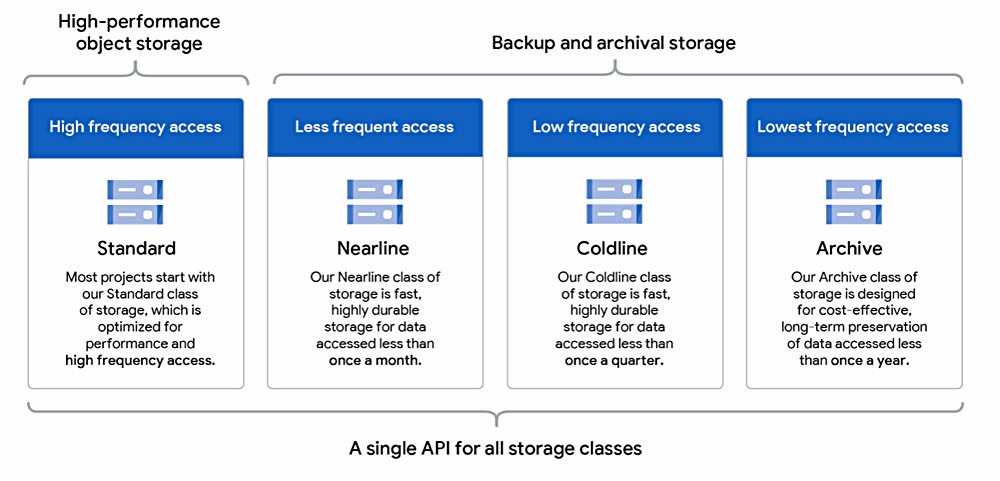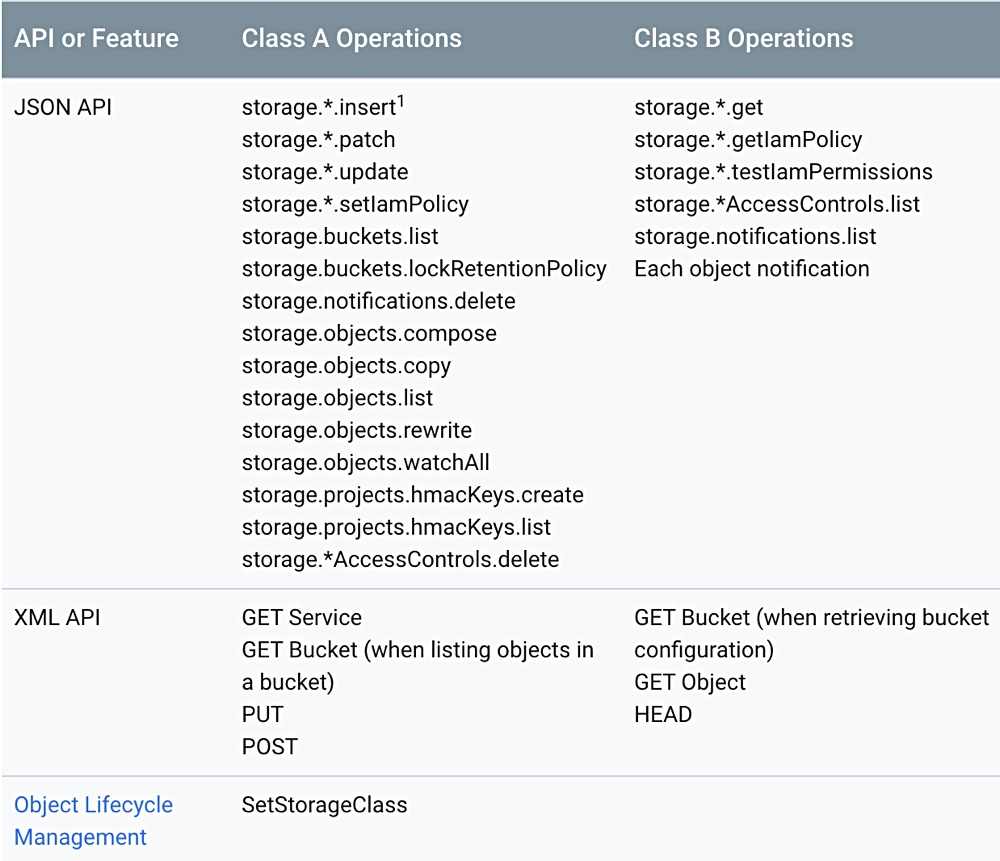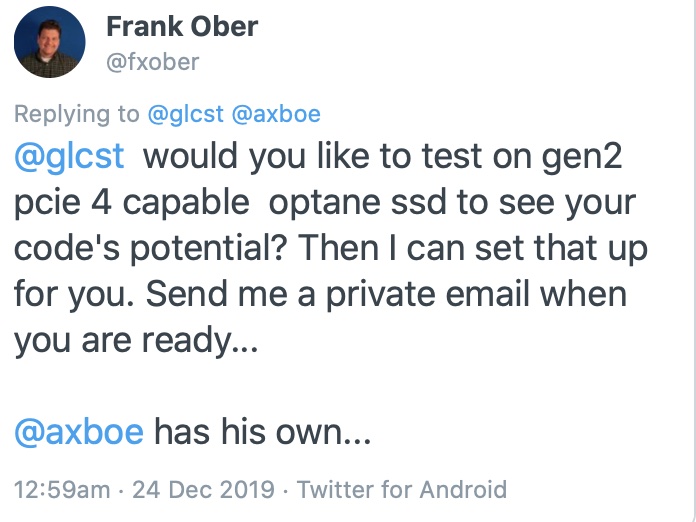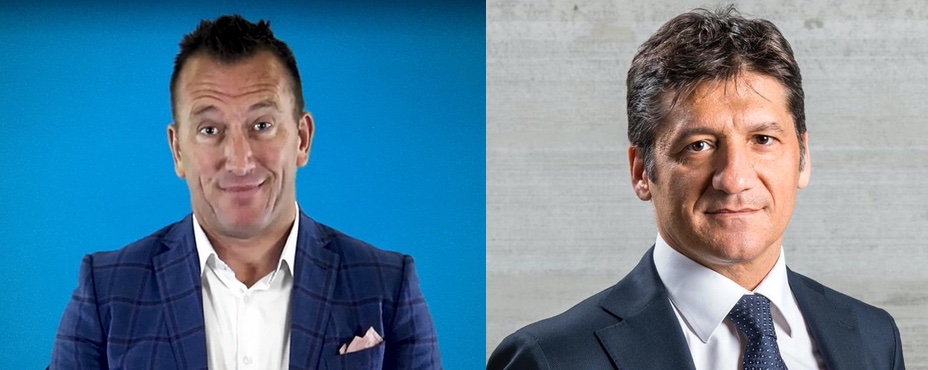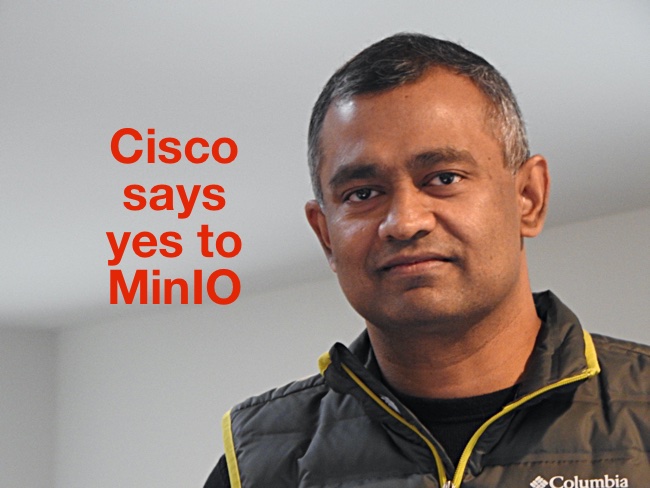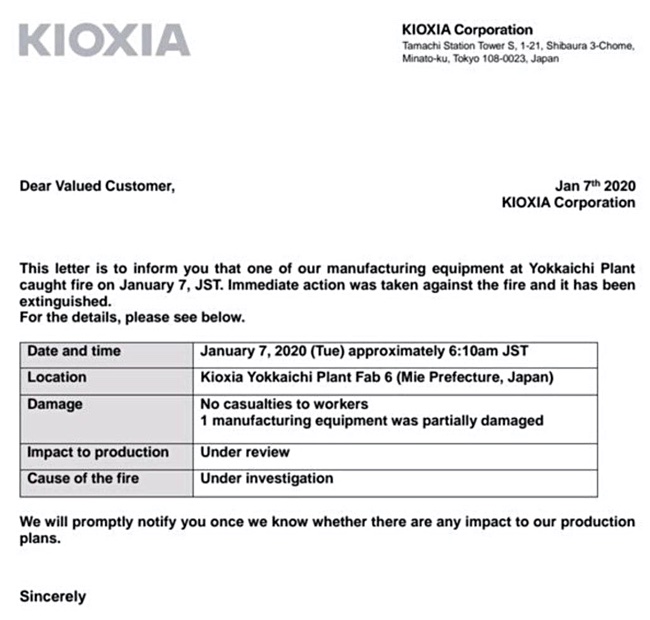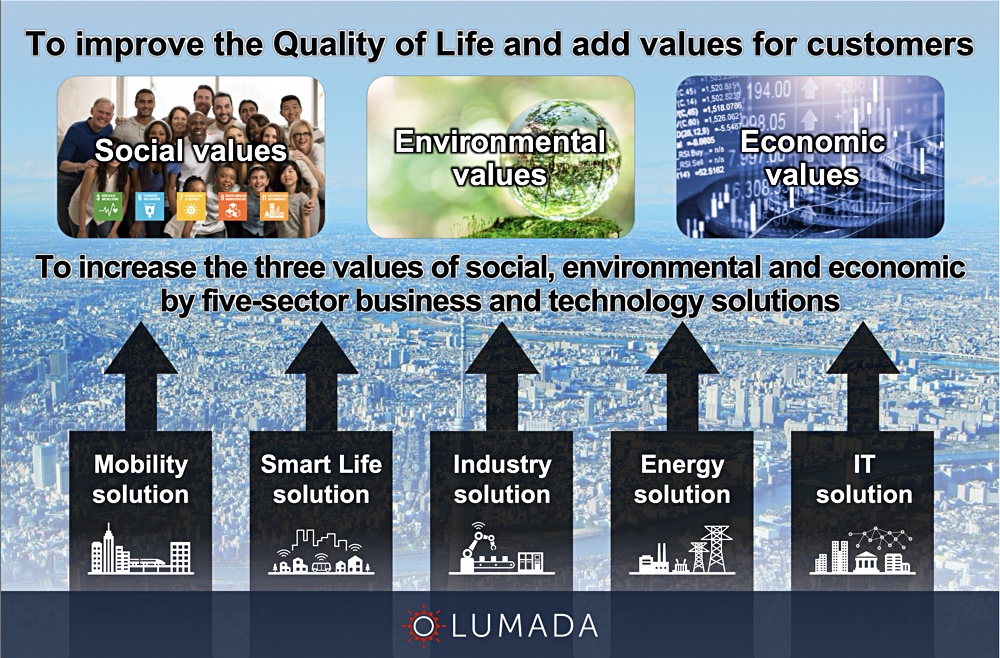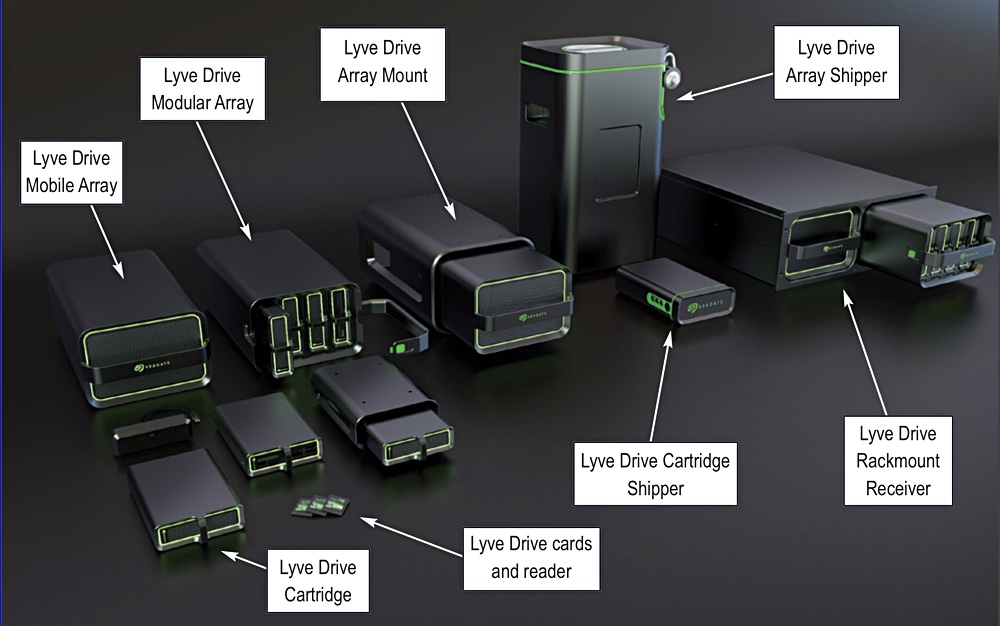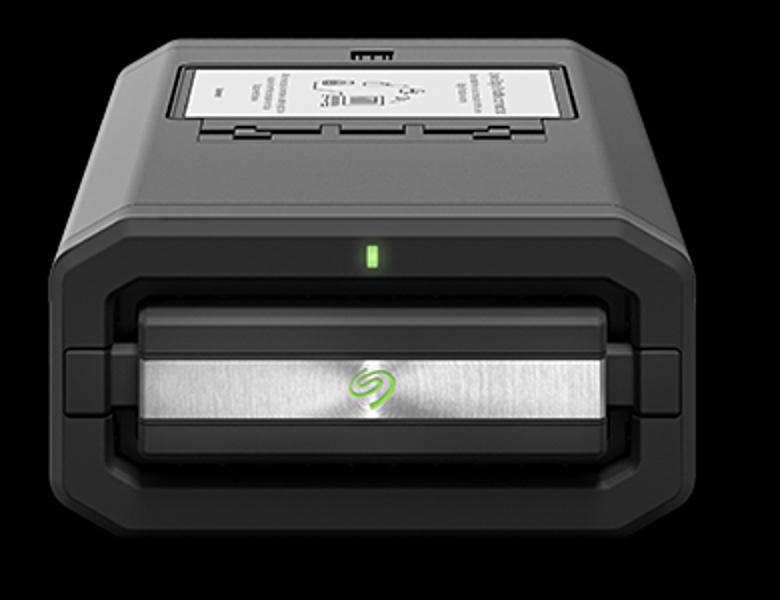This week’s enterprise storage round-up starts with NVMe-over-Fabric startup Pavilion Data is readying a big sales and marketing push, spending August 2019 VC money. And there are other items such as a big damages win for HPE. Read on.
Pavilion Data revs go-to-market activities
Pavilion Data Systems, an NVMe-over-Fabrics array startup, has hired Mike Canavan as chief revenue officer and Amy Love as chief marketing officer.
Start-ups like Pavilion and Excelero have to work extra hard to make progress, as all the major tech storage suppliers have their own NVMe arrays. Pavilion took in $25m in C round funding in August 2019 to help it do this.
Canavan said he is “looking forward to bringing additional sales leaders on board as we leverage our collective expertise and relationships to grow our footprint and increase NVMe-oF adoption in enterprises around the world.”
We note Dan Heydenfeldt left his Pavilion VP Global Sales position in December 2018. Asked what has happened with sales leadership since then, a Pavilion spokesperson said: “Gurpreet Singh, the CEO, took over sales responsibility during that time in order to drive alignment with customers and the Pavilion product offering. The strategy worked well. Pavilion now has solid customer traction with Pavilion products in production, which enabled Gurpreet to go after hiring Mike Canavan, rather than an interim step of a VP of Sales.”
Canavan was previously global VP of sales for Flashblade at Pure Storage. and Amy Love was VP, Corporate Market at TriNet and before that, CMO at Violin Memory.
Shorts
HPE has won $439m in damages from Taiwan-based Quanta as a US federal judge tripled damages awarded when a jury found Quanta had conspired with Hitachi-LG, Sony and Panasonic to keep optical disk prices high. Hitachi-LG, Sony and Panasonic settled with HPE years ago. Quanta elected to go to trial – and lost. Case details: Hewlett-Packard Co. v Quanta Storage, 4:18 762, U.S. District Court, Southern District of Texas (Houston).
Supermicro is relisting on Nasdaq. The company was delisted in August 2018 due to financial reporting irregularaties. It has taken almost 18 months to arrive at the correct revenue numbers for fiscal 2017, 2018 and subsequent years.
CEO Charles Liang said: “This marks our successful comeback and is the culmination of our efforts to become current with our SEC filings. We are pleased to begin a new chapter for Supermicro that is based on improved internal controls and a dedication to profitable growth. Not only are we back, but we are stronger, better, and re-energised to capitalise on the opportunities ahead.”
Hybrid cloud data warehouser Yellowbrick Data has appointed Jeff Spicer as the company’s Chief Marketing Officer. His career includes stints at Green Dot Corporation, IBM Analytics, VMware and Oracle.
Yellowbrick wants to expand its markets, increase brand awareness and accelerate the adoption of its modern data warehouse offerings, against a background of strong competition from Snowflake and others.
Acronis has become Liverpool Football Club’s Official Global Cyber Backup and Storage Partner.
DataStax has introduced DataStax Luna to provide enterprise-class support for open source Cassandra projects. It claims says Cassandra is the most viable distributed NoSQL database for enterprise applications for a multi-cloud future. Enterprises like like Netflix, Uber, Spotify and others use the open source version of Cassandra because it’s one of the fastest, most powerful NoSQL distributed databases there is. But support was minimal, and enterprise-class support was unavailable outside of forums and distributed groups.
As is its usual practise when a new year starts, deduplication backup to disk appliance supplier Exagrid has announced record results without talking revenue numbers. It previously reported 12.2 per cent growth in 2016, 14.5 our cent in 2017, and 20 per cent in 2018. Exagrid CEO Bill Andrews said: “We added over 100 new customers with a record number of new customer six-figure purchase orders. We achieved double-digit growth over the same quarter a year ago.”
VP Products Josh Goldenhar has left Excelero and joined Lightbits Labs as VP Product Marketing. There he will push Lightbits NVMe/TCP technology which directly competes with Excelero’s tech. Eyal Traitel, VP Product Management left in October last year to join Cybellum.
The ObjectiveFS 6.6 release includes memory and performance improvements, such as a new memory caching algorithm for faster cache operations, new heuristic for memory cache, reduced memory usage for active directories, etc.
Smart Modular Technologies has introduced its ME1 and ME2 Series SATA SSDs with NVMSentry firmware. They come in in M.2 2280 and 2.5-inch SSD form factors with 240 GB to 1920 GB capacities. The drives are built from 3D NAND Flash technology with enterprise-class SSD controller features such as end-to-end data path protection, internal SRAM and external DRAM cache ECC (error correcting code) and a firmware code recovery mechanism.
Block storage supplier StorPool has launched v19 of its eponymous product with multi-cluster support. Also one storage system can provide shared storage to multiple IT stacks – Windows, VMware, Kubernetes (K8S), bare metal, and more. The StorPool iSCSI target now supports Layer 3 routed datacenter networks (next to the existing Layer 3 support. There are performance improvements with latency below 0.1 ms for committed, 3x synchronous replicated systems.






